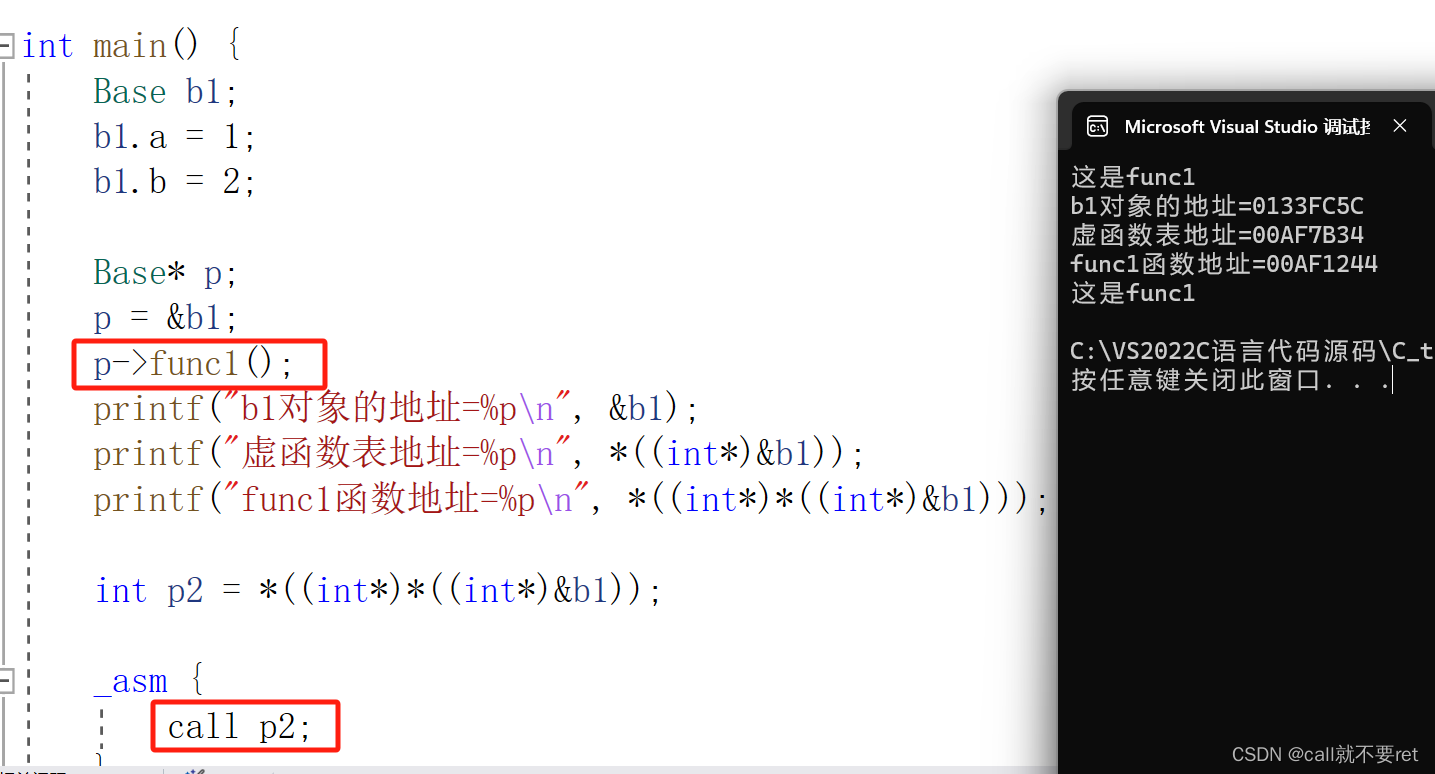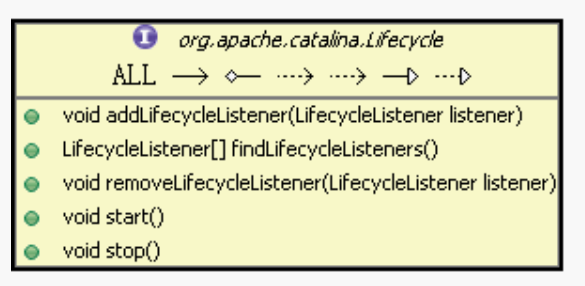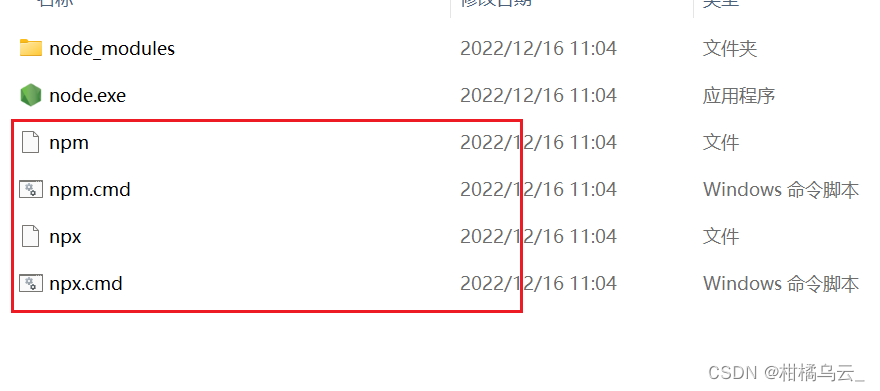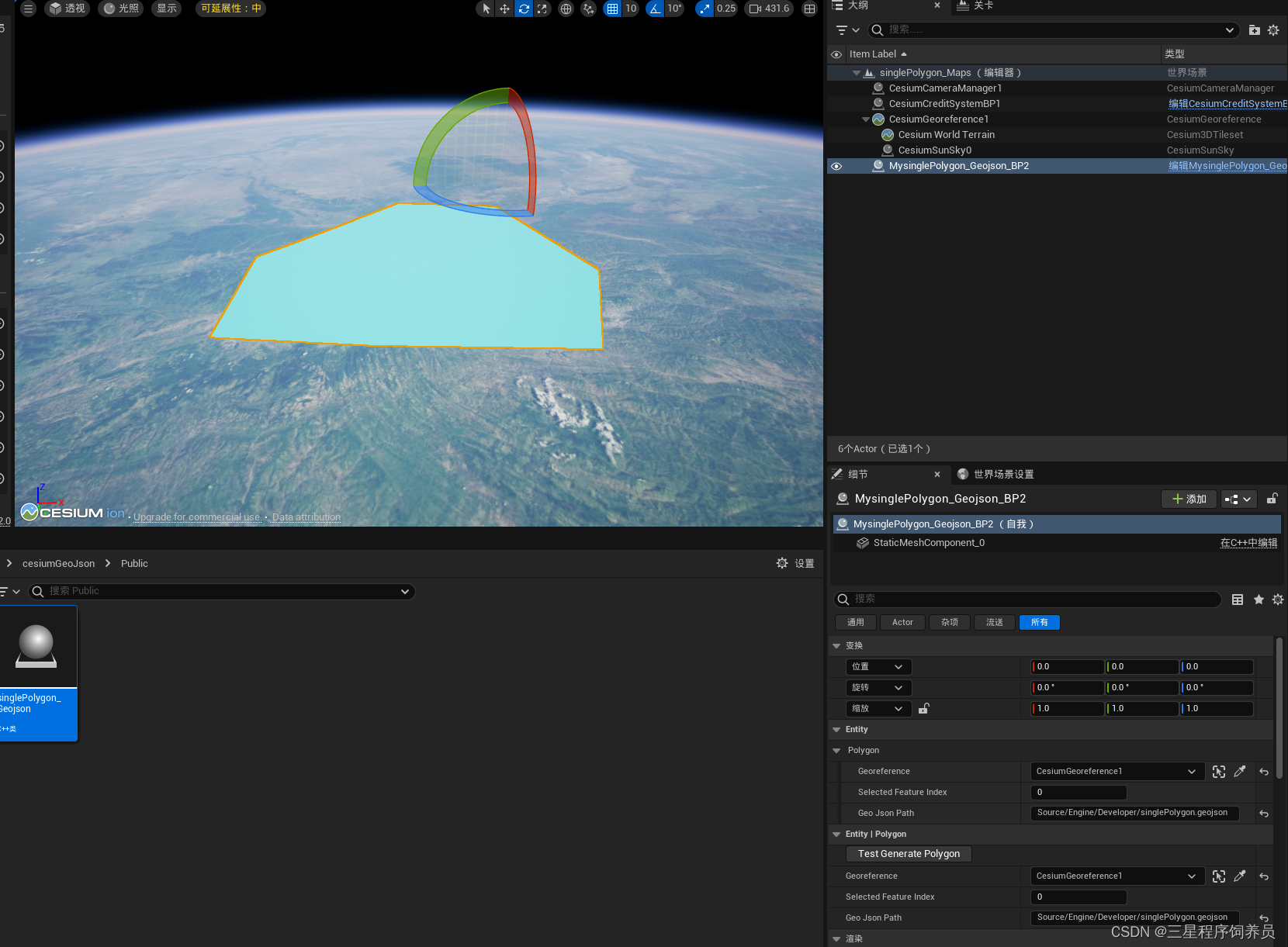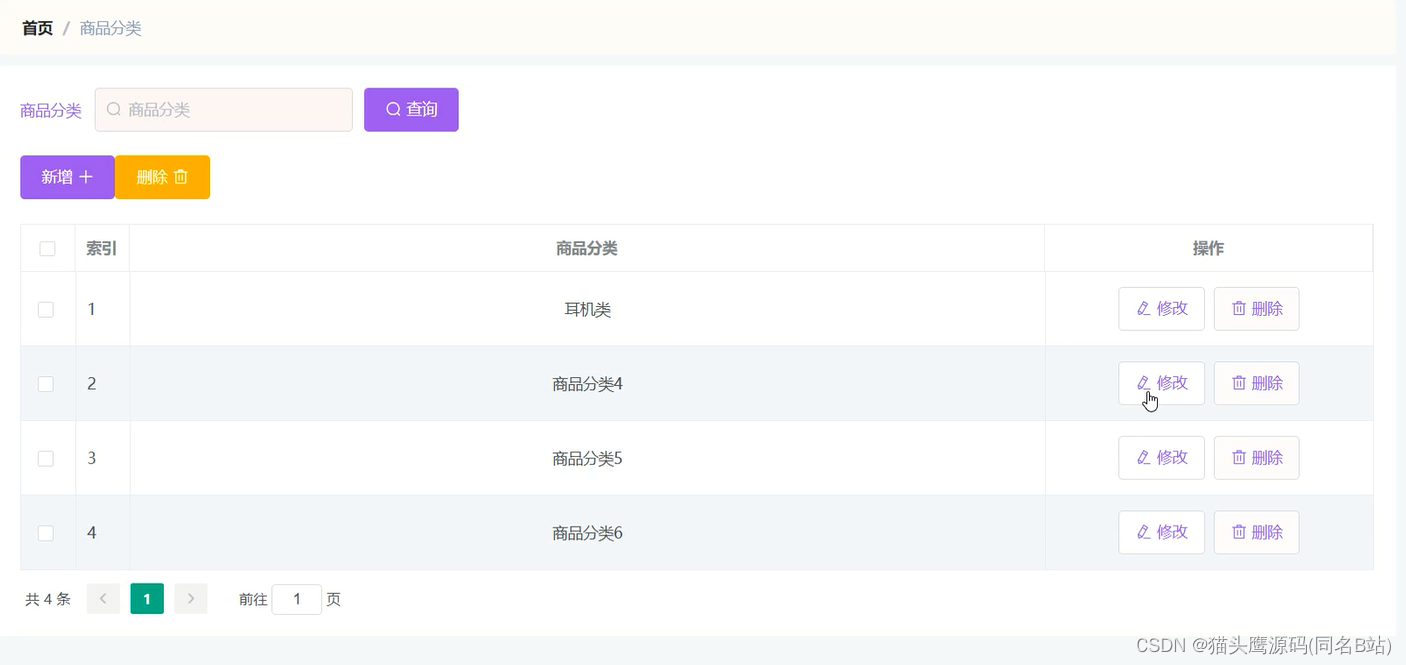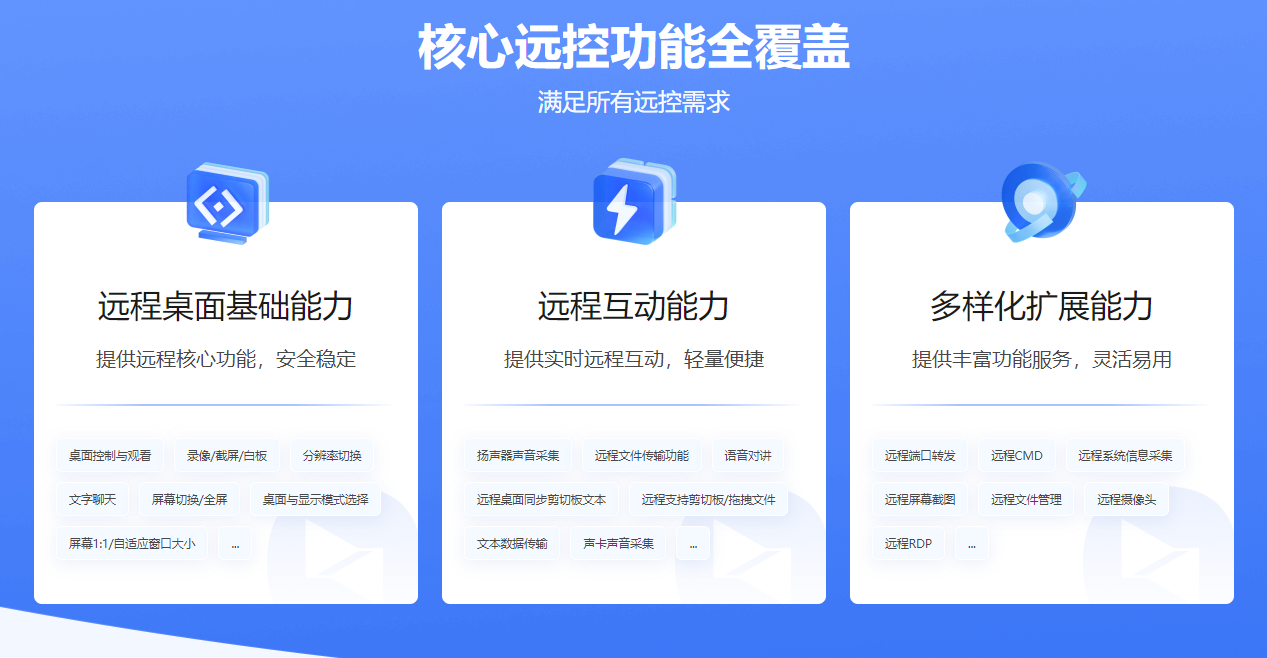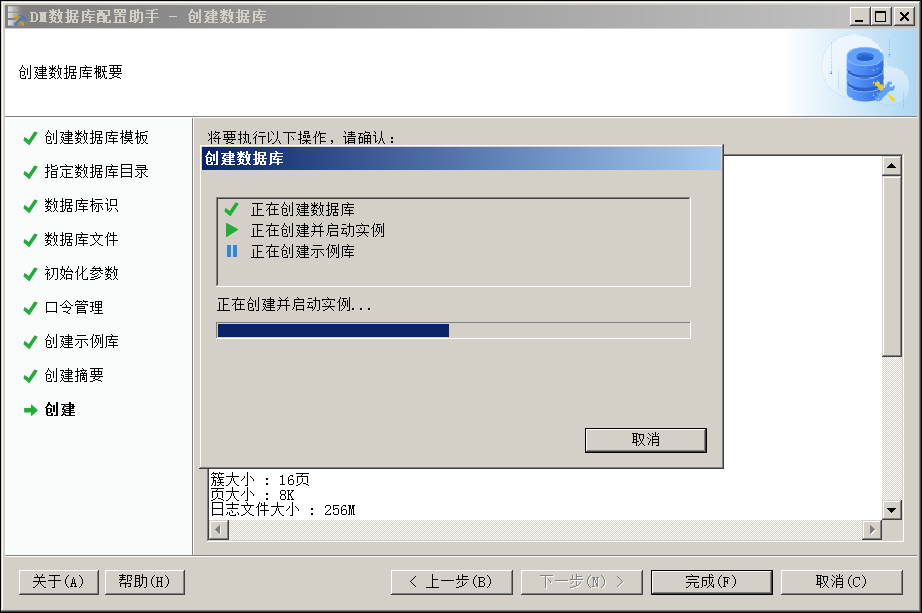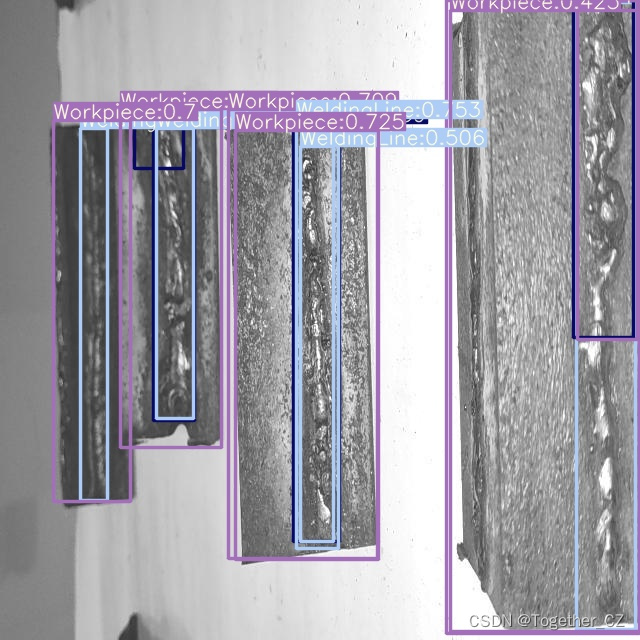文章目录
- 一、工厂模式(三种)
- 1.简单工厂模式
- 1.1 概念:
- 1.2 `使用场景`:
- 1.3 模型图解:
- 1.4 伪代码:
- 2.工厂方法模式
- 2.1 概念:
- 2.2 `使用场景`:
- 2.3 模型图解:
- 2.4 伪代码
- 3.抽象工厂模式
- 3.1 概念
- 3.2 `使用场景`
- 3.3 模型图解
- 3.4 伪代码
- 3.5 实战:抽象工厂+策略模式
- 3.5.1 业务方法调用
- 3.5.2 抽象工厂创建二级工厂,定义获取业务对象接口(二级工厂去创建具体的业务对象)
- 3.5.3 二级工厂 获得对象
- 3.5.3 二级工厂 具体的业务对象
- 3.5.3 处理的业务
- 补充:6大设计原则
- 3.6 总结:
一、工厂模式(三种)
1.简单工厂模式
1.1 概念:
通过一个工厂类来创建对象,根据不同的参数或条件返回相应的对象实例。
隐藏了对象的创建细节,客户端只需通过工厂类获取对象而不需要直接实例化对象。
1.2 使用场景:
使用者:根据不同的参数或条件返回相应的对象实例
1.3 模型图解:
角色:手机总工厂、参数、手机、小米手机、华为手机
后续补充:
1.4 伪代码:
public class SimpleFactoryTest {
static class SimpleFactory {
static SimpleFactoryTest.Mobile createMobile(int mobileType) throws Exception {
if (mobileType == 1) {
return new SimpleFactoryTest.HuaWei();
} else if (mobileType == 2) {
return new SimpleFactoryTest.XiaoMi();
} else {
throw new Exception("手机类型不存在!!!");
}
}
}
public static class Mobile {
protected void call() {
System.out.println("mobile...");
}
}
public static class HuaWei extends Mobile {
public void call() {
System.out.println("huaWei...");
}
}
public static class XiaoMi extends Mobile {
public void call() {
System.out.println("xiaomi...");
}
}
public static void main(String[] args) throws Exception {
SimpleFactoryTest.Mobile mobile = SimpleFactory.createMobile(1);
mobile.call();
}
}
2.工厂方法模式
2.1 概念:
定义了一个创建对象的接口,具体对象的创建由对象工厂决定。
使得对象的创建延迟到子类工厂,从而实现了对扩展开放、对修改关闭的原则。
2.2 使用场景:
使用者:根据不同的子工厂创建相应的对象实例
2.3 模型图解:
角色:手机总工厂、小米手机工厂、华为手机工厂、手机、小米手机、华为手机
后续补充
2.4 伪代码
public class FactoryMethodTest {
interface FactoryMethod {
Mobile createMobile();
}
static class HuaweiFactory implements FactoryMethod {
@Override
public Mobile createMobile() {
return new Huawei();
}
}
static class XiaomiFactory implements FactoryMethod {
@Override
public Mobile createMobile() {
return new Xiaomi();
}
}
static class Mobile {
protected void call() {
System.out.println("mobile...");
}
}
static class Huawei extends Mobile {
@Override
public void call() {
System.out.println("huawei...");
}
}
static class Xiaomi extends Mobile {
@Override
public void call() {
System.out.println("xiaomi...");
}
}
public static void main(String[] args) {
final HuaweiFactory huaweiFactory = new HuaweiFactory();
final Mobile mobile = huaweiFactory.createMobile();
mobile.call();
}
}
3.抽象工厂模式
3.1 概念
抽象工厂模式提供一个接口,用于创建一系列相关或相互依赖的对象。
通过使用抽象工厂及其产品接口来创建对象,从而将客户端与具体的产品实现解耦。
3.2 使用场景
适用:三层关系
| 产品 | 品牌 | 子品牌 |
|---|---|---|
| 手机 | 华为手机 | mate60手机 |
| 手机 | 小米手机 | 红米手机 |
适用:两层关系
| 产品 | 品牌 |
|---|---|
| 手机 | 华为 |
| 电脑 | 小米 |
3.3 模型图解
角色:手机总工厂、小米手机工厂、华为手机工厂、手机、小米手机、华为手机、红米手机、华为Mate60手机、华为P60手机
3.4 伪代码
public class AbstractFactory{
}
3.5 实战:抽象工厂+策略模式
3.5.1 业务方法调用
/**
* 根据业务类型计算真正需要动账的存欠类型
*
* @param materialInboundDO
* @param walletTypeAndWeight
* @return
*/
private Map<String, BigDecimal> doBizType(MaterialInboundDO materialInboundDO, Map<String, BigDecimal> walletTypeAndWeight) {
final AbstractFactory factory = AbstractFactory.getFactory(materialInboundDO.getBillType());
final MaterialWalletHandler materialInboundBean = factory.getMaterialInboundOutboundBean(materialInboundDO.getBizType());
return materialInboundBean.doBizType(walletTypeAndWeight);
}
3.5.2 抽象工厂创建二级工厂,定义获取业务对象接口(二级工厂去创建具体的业务对象)
/**
* 抽象工厂解决供应商/客户来料不同的业务类型对客户钱包的动账变化
*
* @date: 2023/7/18
**/
public abstract class AbstractFactory {
/**
* 获得单据类型工厂
*
* @param billType 单据类型
* @return
*/
public static AbstractFactory getFactory(String billType) {
if (BillTypeEnum.MATERIAL_CUSTOMER_IN.getKey().equals(billType)) {
return new InboundCustomerFactory();
} else if ( BillTypeEnum.MATERIAL_SUPPLIER_IN.getKey().equals(billType)) {
return new InboundSupplierFactory();
} else if (BillTypeEnum.MATERIAL_CUSTOMER_OUT.getKey().equals(billType)) {
return new OutboundCustomerFactory();
} else if (BillTypeEnum.MATERIAL_SUPPLIER_OUT.getKey().equals(billType)) {
return new OutboundSupplierFactory();
}
throw new ServiceException("原料业务工厂不存在");
}
/**
* 获得业务对象
*
* @param bizType 业务类型
* @return
*/
public abstract MaterialWalletHandler getMaterialInboundOutboundBean(String bizType);
}
3.5.3 二级工厂 获得对象
/**
* descr 客户来料工厂
*
* @date: 2023/7/18
**/
public class InboundCustomerFactory extends AbstractFactory {
@Override
public InboundCustomerHandler getMaterialInboundOutboundBean(String bizType) {
if (BizTypeEnum.M_CUSTOMER_IN.getKey().equals(bizType)) {
return new InboundCustomerIn();
}
throw new ServiceException("客户来料业务类型不存在");
}
}
3.5.3 二级工厂 具体的业务对象
/**
* descr 客户:客户来料
*
* @date: 2023/7/18
**/
public class InboundCustomerIn implements InboundCustomerHandler {
@Override
public Map<String, BigDecimal> doBizType(Map<String, BigDecimal> walletTypeAndWeight) {
return walletTypeAndWeight;
}
}
3.5.3 处理的业务
顶层接口,如下子业务处理方式
/**
* descr 来料/出料业务定义接口
*
* @date: 2023/7/18
**/
public interface MaterialWalletHandler {
Map<String, BigDecimal> doBizType(Map<String, BigDecimal> walletTypeAndWeight);
}

中间层子接口之一:用于规范业务
/**
* descr 客户来料接口
*
* @date: 2023/7/18
**/
public interface InboundCustomerHandler extends MaterialWalletHandler {
}
中间层接口实现1:用于处理业务
/**
* descr 客户:客户来料
*
* @date: 2023/7/18
**/
public class InboundCustomerIn implements InboundCustomerHandler {
@Override
public Map<String, BigDecimal> doBizType(Map<String, BigDecimal> walletTypeAndWeight) {
return walletTypeAndWeight;
}
}
中间层接口实现2:用于处理业务
/**
* descr 供应商:发料兑料
*
* @date: 2023/7/18
**/
public class OutboundSupplierMix implements OutboundSupplierHandler {
@Override
public Map<String, BigDecimal> doBizType(Map<String, BigDecimal> walletTypeAndWeight) {
final HashMap<String, BigDecimal> walletTypeAndWeightMap = new HashMap<>(walletTypeAndWeight);
walletTypeAndWeightMap.remove(WalletTypeEnum.CASH.getKey());
return walletTypeAndWeightMap;
}
}
补充:6大设计原则
1.单一职责
2.开放封闭
3.接口隔离
4.里氏替换
5.依赖倒置
6.迪米特法则
转送:java常用设计模式
3.6 总结:
- 以上实战中,代码没有写的很完美,还有许多改善的地方
- 抽象工厂在实际运用中比一般都例子都相对复杂;或可能写的理解的有所欠缺
- 抽象工厂定义了对象怎么创建;策略模式定义了业务怎么实现
- 设计模式的使用主要是对业务代码进行简化或抽象,尽量符合6大设计原则;在技术人员沟通中,只要说出某种设计模式,就能知道业务大概是怎么处理的,极大的减少了沟通成本
